Yopo (Anadenanthera Peregrina) – Whole Seeds from Brazil
Desde € 15,00 Incl. VAT
Botanical name: Anadenanthera peregrina
Common name: Yopo
Plant part: Seeds
Form: Whole
Country: Brazil
Beschreibung
What is Anadenanthera Peregrina and Yopo?
Anadenanthera Peregrina, commonly known as Yopo, is a perennial tree native to South America. With its luscious green canopy and delicate white flowers, it stands tall in the tropical rainforests, exuding an air of mystique.
But what sets Anadenanthera Peregrina apart are its seeds. Enclosed within elongated pods, these seeds hold immense significance for indigenous tribes across the region. They contain a powerful psychoactive compound called 5 meo – DMT, which induces altered states of consciousness when consumed.
The traditional use of Anadenanthera Peregrina dates back centuries among tribes like the Yanomami and the Piaroa of southern Venezuela. These communities consider Yopo to be a sacred tool for spiritual exploration and connection with their ancestral realms.
Yopo ceremony
To prepare Yopo for consumption, the tribes meticulously grind the seeds into a fine powder. This powder is then mixed with other natural substances such as lime or ash to activate its psychoactive properties.
When ingested through nasal insufflation or smoking rituals, Yopo takes those who partake on an extraordinary journey through heightened sensory experiences and introspection. It opens gateways to profound visions that shape their understanding of themselves and the universe around them.
Stay tuned as we delve deeper into how these ancient tribes utilize Yopo in their sacred ceremonies – connecting generations past with present-day traditions!
There are also other ingredients used by tribes such as Cebil or Anadenanthera Colobrina seeds and the bark and sap of the Virola tree.
What is Yopo?

The History of Anadenanthera Peregrina
How the tribes like the Yanomami Use Yopo
The tribes like the Yanomami have a long-standing history of using Yopo as part of their cultural practices. Yopo, derived from the seeds of the Anadenanthera Peregrina tree, holds great significance for these indigenous communities.
Yanomami shamans play a crucial role in administering Yopo ceremonies. They prepare a powdered form of the seeds and then blow it into the nostrils of participants using special tubes or pipes. This process is believed to induce altered states of consciousness and spiritual visions.
During these rituals, members of the tribe gather together to connect with their ancestors and seek guidance from spirits. The effects of Yopo can vary from person to person but often include intense hallucinations, heightened sensory perception, and profound introspection.
For the Yanomami people, Yopo serves not only as a means for religious experiences but also as a tool for healing and purification. It is used to treat physical ailments, mental distress, and even to ward off evil spirits or negative energies.
The use of Yopo has deep-rooted cultural significance within Yanomami society. It fosters unity among community members and strengthens their bond with nature and spirituality. These traditions have been passed down through generations, preserving an important aspect of indigenous knowledge.
In conclusion,Yanomami tribes’ use of Yopo represents more than just a recreational activity; it is an integral part of their being.
Conclusion
Anadenanthera Peregrina, also known as Yopo, is a fascinating plant that holds great cultural and historical significance. Its use can be traced back centuries, with indigenous tribes like the Yanomami using it for various purposes. From spiritual ceremonies to medicinal applications, Yopo has played an integral role in their traditions.
The history of Anadenanthera Peregrina and Yopo is rich and diverse, spanning across different cultures and continents. Its psychoactive properties have intrigued researchers and enthusiasts alike, leading to a renewed interest in studying its potential effects.
As we delve deeper into the understanding of this remarkable plant, it’s important to approach it with respect and reverence for the cultures that have cherished its existence for generations. The knowledge passed down through oral tradition should guide our exploration of Anadenanthera Peregrina and Yopo.
So next time you come across these terms or encounter someone discussing Yopo or Anadenanthera Peregrina, you’ll now have some background knowledge to contribute to the conversation. Remember to appreciate the cultural significance attached to these plants and continue learning about them responsibly.
In conclusion (without explicitly stating so), let us continue exploring the wonders of nature while honoring the traditions that have preserved ancient wisdom throughout time.
Reviews (0)
Only logged in customers who have purchased this product may leave a review.
Legality
Disclaimer
Related products
Herbs (Plants)
Sacred Plants – Kanna dry extract 50:1 – (Sceletium tortuosum) from South Africa, 2 grams
Herbs (Plants)
Herbs (Plants)
Herbs (Plants)








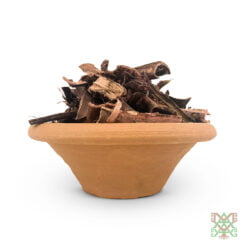
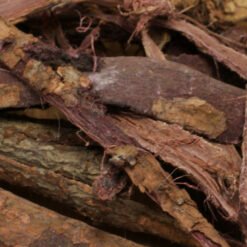
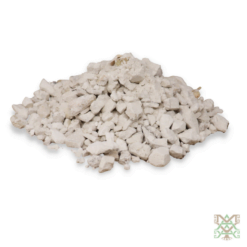
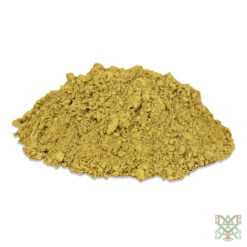
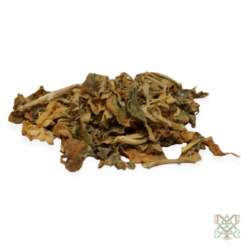
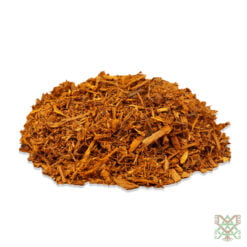
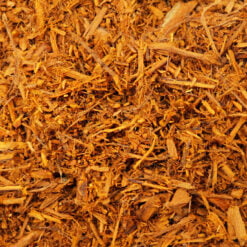
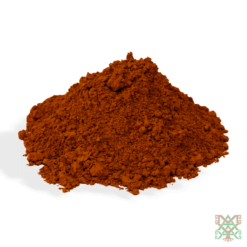
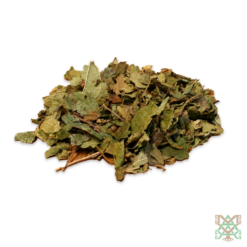
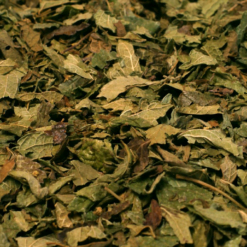

Reviews
There are no reviews yet.